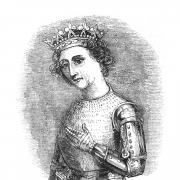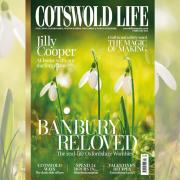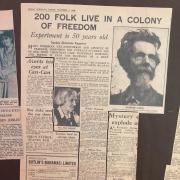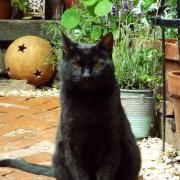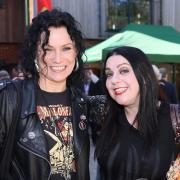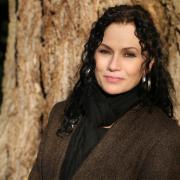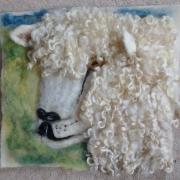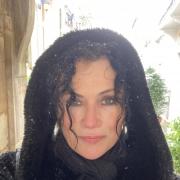Adventures with Hereward Corbett of the Yellow-Lighted Bookshops
I am a bit conflicted.
We always have flowers in the shop. They are a beautiful way of showcasing the books on our tables, and show that we care how we look. But they are more than that. The right flowers, arranged properly, help us tell our story about who we are, our values and what is important to us.
Ideally they will be local, picked from our gardens, or the hedgerows on the way to work – because our roots are in our local community, and our local environment. We try and avoid the big and flashy, because, hopefully, that’s not us either – and we want them to complement the books, not take over.
I’m a big fan of jam jars, but we do have some vases. My ideal is a bunch of flowers that look as if they’ve been picked by a child to go on the kitchen table at home. We value the domestic and the family, and the role they play in our lives.
Sometimes, of course, we have to buy our flowers – our gardens simply aren’t up to the task of providing fresh blooms week in, week out – but the look is still pretty much the same. At the moment I’m really enjoying the blowsy peonies (mine didn’t flower this year, beasts), with their huge fragrant petals, tipping onto the books, and I always get very excited for the first narcissi of the season, from Scilly, Cornwall or the Channel Islands. In many ways they are the quintessential flowers for us, with their bright colours, vibrant smell, and their very simple requirements. You don’t have to faff around with a daffodil.
Through the summer, if we are lucky, we can keep ourselves going with sweet peas (and we are helped out by a lovely couple from one of the local villages who bring us their surplus flowers), cosmos, and roses. We are lucky enough to have Gertrude Jekyll, Constance Spry and Mortimer Sackler in our garden, and they really come into their own, filling the shop with the heady scent of a rose garden, bringing the outside in.
As we tick towards autumn, we go for berries and leaves, and into November and December it gets trickier, but hopefully the winter flowering honeysuckle might sort itself out this year!
And the conflict? Well, while half my heart is in the bookshops, the other half is at home – and I like to have flowers in both. I think we need either a bigger garden – or I need to become a better gardener!
Follow Hereward on Twitter: @YLBookshop
JULY BOOK REVIEWS

The Man Who Planted Trees
by Jean Giono
This is a short story from 1953, newly re-published with gorgeous illustrations by talented artist Harry Brockway, and an introduction by Richard Mabey. It’s short and very simple, about a man who, just before WW1, visits a remote valley in southern France and meets a shepherd – who plants trees. The man comes back after the war, and several more times over the years, and sees the impact of the trees, not only on the environment, but on the newly thriving farms, villages and wildlife.
Vintage, £7.99

Bat, Ball and Field: The Elements of Cricket
by Jon Hotten
For better or worse, cricket is part of the English psyche, and nowhere more so than village cricket in the Cotswolds. This is a beautifully illustrated introduction to the sport and it’s history, and is divided, as the title suggests into three areas – bat, ball and field. It’s a perfect read for beginners and addicts alike, and is an essential, if slightly eccentric, addition to the shelves on of anyone interested in the game.
William Collins, £20




